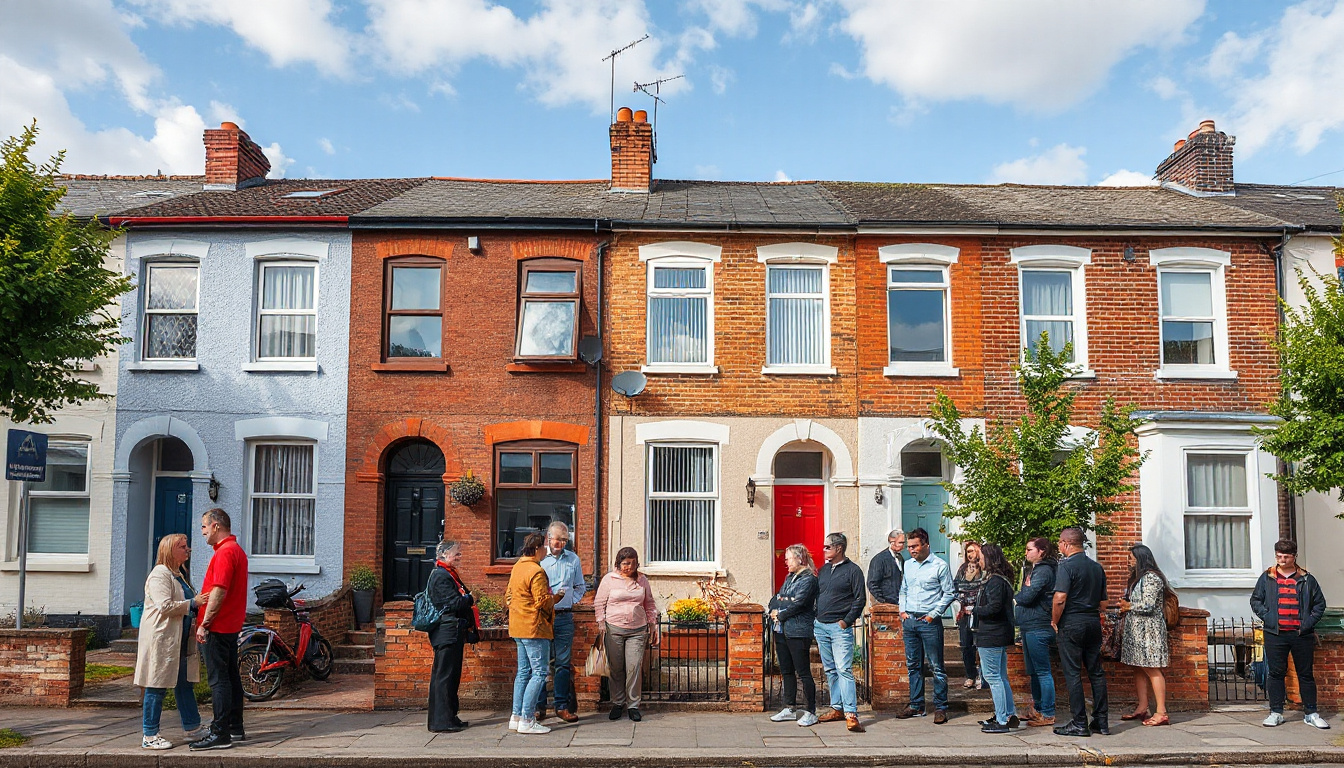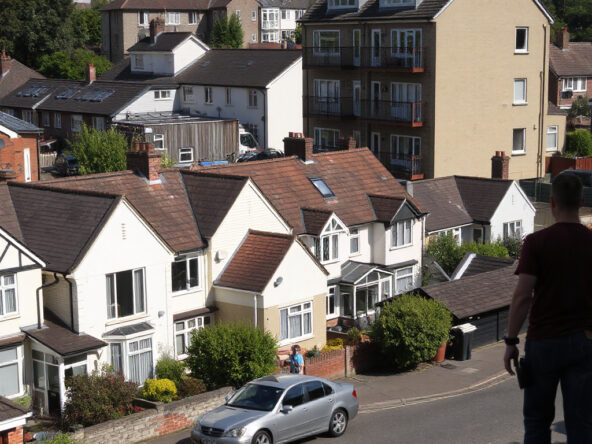Concerns Over Houses of Multiple Occupation in Hull
In Hull the increase of houses that multiple persons occupy surges; a rise observed, reported, and measured amid data that marks some areas where nearly half the dwellings bind unrelated individuals together under shared roofs.
Local housing authorities fix their gaze on implications that this trend spawns; they direct their focus toward landlords whose actions and omissions have led to disturbances that disrupt community ties and erode cohesion—a disruption noted and felt in daily life by dwellers who experience an environment where disorder multiplies and the neighbourhood decays under ongoing stress.
Hull City Council posits a figure near 2,000 for these dwellings, with a segment of them falling under mandatory licensing, the threshold set by the number of occupants. In some quarters residents wage vocal debates: some decry noise and sanitation issues while others, observing fiscal relief inherent in rent that bundles cost components, express a reliance on such arrangements in a market where prices soar and conventional housing strains under economic pressure.
Property developers in local spheres argue with mayhem in rhetoric, insisting that rigorous oversight impedes the creation of residences meeting high standards amid efforts to supply those who search for viable shelter; here exists a tension between communal integrity and a need for housing whose costs remain accessible despite pressure from rising rates.
Legislation now enforces that any dwelling housing five or more individuals must receive a license; inspections follow, seeking to confirm that safety standards are observed and that risk is minimized. Yet, among regulators and critics alike, doubts persist as to whether the current framework, structured and applied across these multifaceted sites, thoroughly accounts for the challenges embedded in managing such living arrangements.
In conclusion the situation, with these dwellings serving a fundamental function in a tight economy, persists as a topic of disquiet where the adverse effects on community welfare ignite prolonged debate over how to administer oversight and regulation in Hull’s multifarious urban fabric. Balancing housing accessibility with the maintenance of social order remains an unresolved challenge that defines the city’s ongoing housing paradigm.



